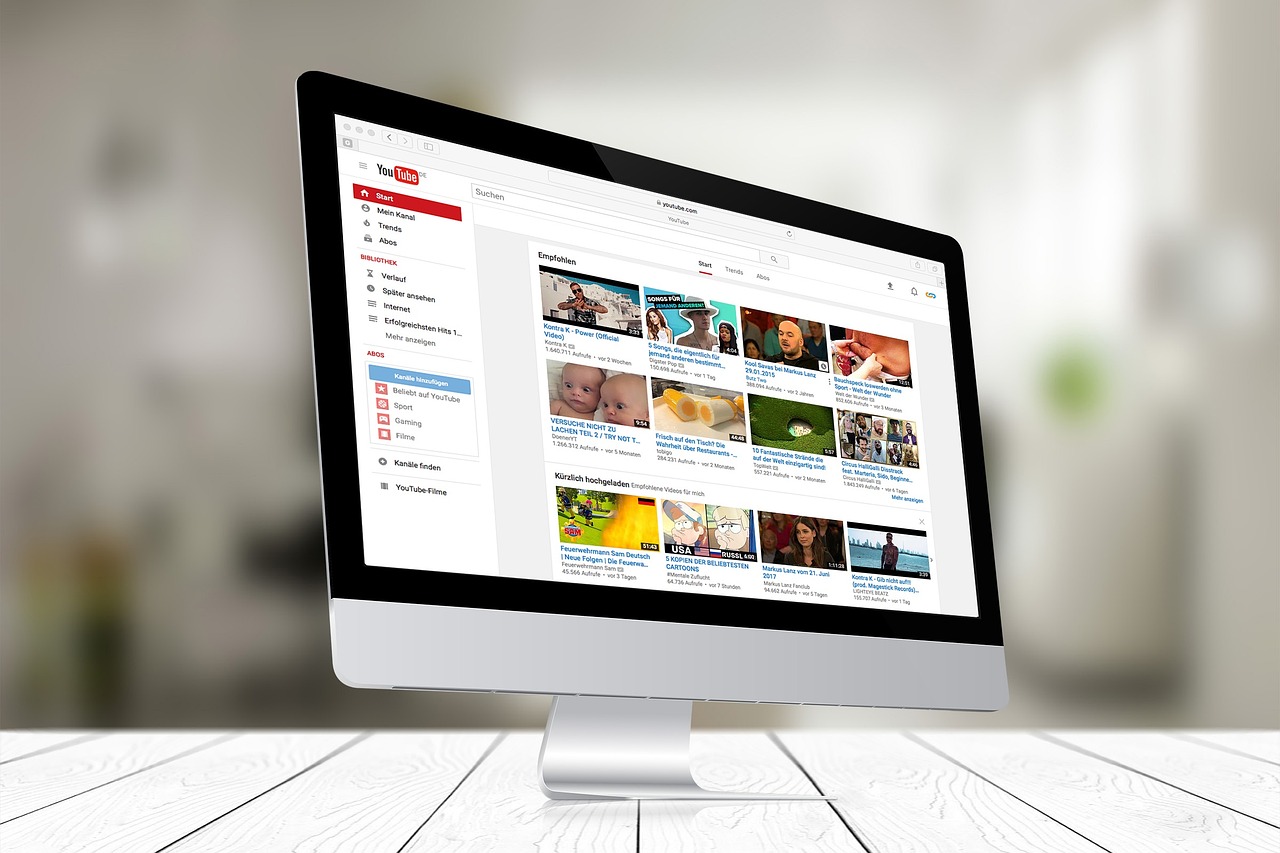The types of educational resources available vary greatly and include textbooks, audio-visual materials, online databases and tools, as well as physical activities and simulations. These can be used to enhance lessons or assist with assignments and tests. Additionally, libraries offer electronic books for research purposes along with lecture notes from professors or guest speakers.
However, finding reliable sources can be daunting task since much of the information found online is inaccurate or outdated. This is why teachers must take the time to carefully review every resource before recommending them to their pupils. Furthermore, providing access to updated technology such as computers and tablets helps create an engaging learning environment where students can further explore topics outside of school hours.
Moreover, educators should strive to make sure that everyone has equal access to these educational resources regardless of socio-economic status or race. By doing so they ensure that no student misses out on important knowledge due to financial constraints or discriminatory practices within society at large.
In conclusion, Educational Resources are a crucial part of any successful curriculum and should be provided by schools accordingly. With the right guidance from teachers and administrators it will be possible for all learners to benefit from this wealth of information which will enable them to reach their academic goals with confidence.

